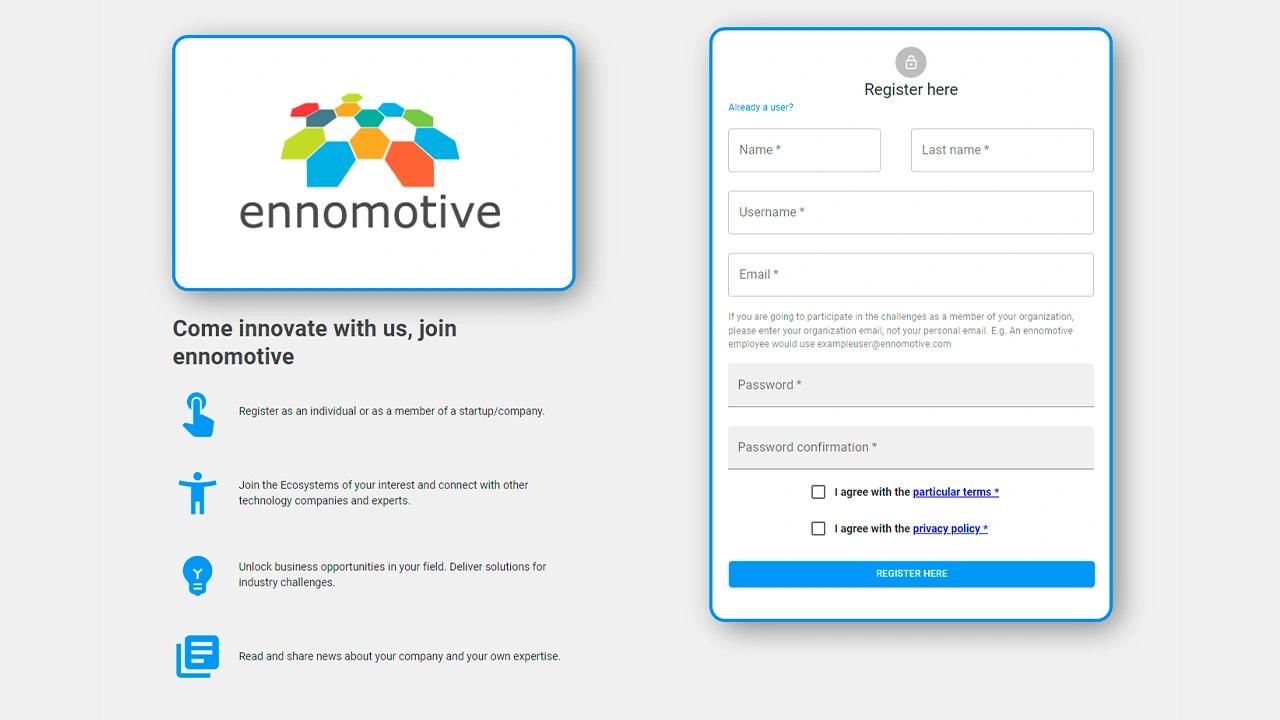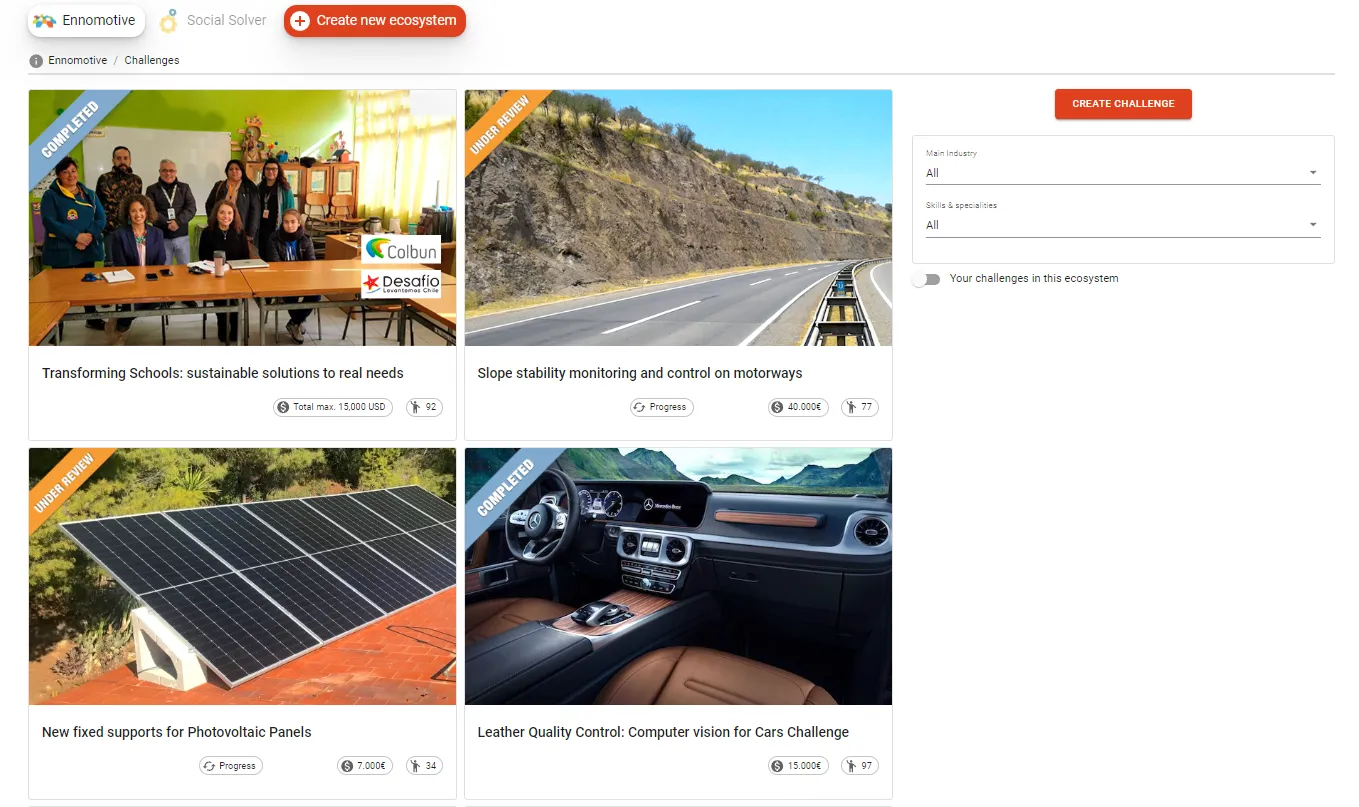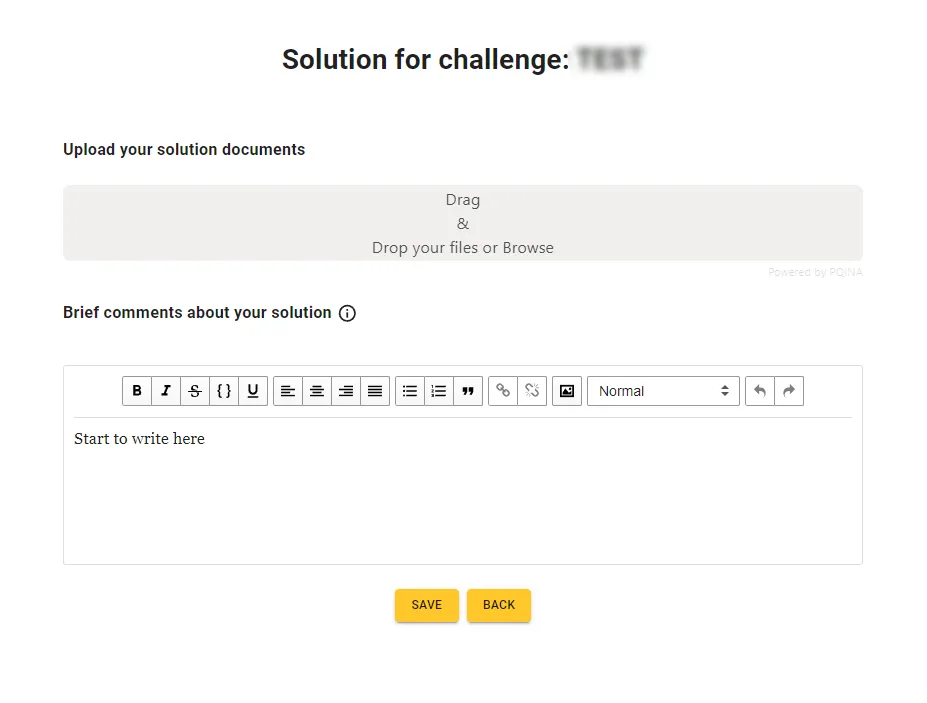Background
Grupo Pacadar is the leading firm in Spain in the design, manufacturing and assembly of precast, pre-stressed reinforced concrete structures.
The internationalization of Pacadar is one of their main strategic objectives. Once a construction project in a specific country is awarded, Pacadar develops the investment plan for a precast concrete manufacturing plant in said country, located as close to the work site as possible.
Their ability to rapidly install factories overseas means they are able to start manufacturing prefabricated structures in a short space of time. The plants recently built in Panama, México or Riad serve as an example of their investment in prefabricated plants abroad.
The factory size is typically 11m high x 22m x 150m and contains a rolling bridge crane for moving precast concrete (with its own foundation) and forklifts to manipulate 5 ton over a floor made of concrete slab.
The challenge
Pacadar is currently developing a new phase of internationalization using precast concrete temporary factories. And the need is to become more flexible and cost-effective to change the location of their factories (factory building is used today 5 times, for 5 contracts; you might consider a lifecycle between 5-10 years).
And the floor is one of the key cost components in the factory, due to the high volume of concrete that is used today and the fact that this floor is not being reused from one location to another (the floor is demolished when the factory is moved).
Today lifecycle costs for a single factory floor include building and demolishing at the end of the contract; over a 5-10 years timeframe:
|
Cost element |
Units |
Actual unit cost |
Actual costs |
|
Build concrete slab of 15cm with a welded mesh |
22 x 150 m = 3.300 m2 x 5 times |
28 €/m2 |
462.000 € |
|
Demolish concrete slab of 15cm with a welded mesh |
22 x 150 m = 3.300 m2 x 5 times |
7,5 €/m2 |
123.750 € |
|
LIFE CYCLE COST (5 TIMES) |
585.750 € |
||
The floor of the building is done with a concrete slab of 15cm with a welded mesh, 22x150m2 to build and demolish at the end of the contract; therefore is not reusable.
The build requires 11 days (300m2/day in average).
The concrete slab is built over an aggregate sub-base layer with a deflection > 120Mpa (ASTM E2835-11: Standard Test Method for Measuring Deflections using a Portable Impulse Plate Load Test Device) (other similar codes UNE 103808:206 or NLT-357). This sub-base layer is out of scope of PACADAR and is not included in this cost analysis.
What the client is looking for
Pacadar is willing to find an alternative solution to the current factory floor (built with concrete, non-reusable), in order to reduce the lifecycle cost (acquisition or build, and demolish or transportation).
Any solution should comply with the following technical specification
|
Warehouse model |
|
|
Characteristic |
Value |
|
Width |
22 m |
|
Length |
150 m |
|
Allow the use of Forklifts |
5 Tons |
|
Allow to be swept/clean |
easy |
|
The concrete slab is built over a aggregate sub-base layer with a deflection > 120Mpa |
Europe - Eurocode and America - ASTM E2835-11: Standard Test Method for Measuring Deflections using a Portable Impulse Plate Load Test Device (other similar codes UNE 103808:206 or NLT-357) |
If reusable, the floor should
- Be easy to assemble and disassemble
- Have a minimum weight
- Be easily stored for transport in containers (40 ft, 24T, OpenTop)
We will share additional information as required.
This is a 3 rounds tournament with the following expected submissions:
First round
- Brief description of the propose solution, including sketches, pictures or drawings.
- High-level acquisition costs and estimated build duration.
- Feasibility evidence.
Second round
- Detailed solution specification including materials, dimensions, etc.
- Components specifications and potential suppliers.
- Detailed lifecycle costs calculation (acquisition or build, and demolish or assemble and disassemble and transportation – depending if the solution is reusable).
If required, additional information will be provided during the course of this round.
Third round
- Clarifications on the proposed solution (if existing solution)
- Preliminary technical project brief (if new development)
Evaluation criteria
- Submissions will be assessed according to the following criteria:
- Technical feasibility of proposed solution
- Higher flexibility (build or assembly, disassembly)
- Lower lifecycle costs (expected minimum 25% of the actual cost)
Lifecycle costs should be provided according to the following template:
|
Cost element |
Units |
Solution unit cost |
Solution costs |
|
Build concrete slab of 15cm with a welded mesh (for crane e.g.) |
|
28 €/m2 |
|
|
Demolish concrete slab of 15cm with a welded mesh (for crane e.g.) |
|
7,5 €/m2 |
|
|
Floor Material (if reusable) |
22 x 150 m = 3.300 m2 x 1 time (if reusable) |
|
|
|
Assembly |
22 x 150 m = 3.300 m2 x 5 times |
|
|
|
Disassembly |
22 x 150 m = 3.300 m2 x 5 times |
|
|
|
Transportation |
|
5.000 €/40ft 24T Open Top container |
|
|
Operational |
|
|
|
|
Other |
|
|
|
|
LIFE CYCLE COST (5 TIMES) |
|
||
If required use the following unit cost for your solution estimation:
- Labor: 600 €/day (Team of 3 workers, 10 h/day and average labor cost 20 €/man-h)
- Crane: 550 €/day
- Man-lift: 120 €/day
In case an initial investment is required for the acquisition of a kind of reusable floor, then an annual financial cost rate of 5% should be considered in the economic calculation.
Timeline
This is a 3 round tournament with the following timings
- 1st round – 6 weeks+ 2 week for evaluation
- 2nd round – 3 weeks + 2 week for evaluation
- 3rd round – 2 weeks + 1 week for evaluation



